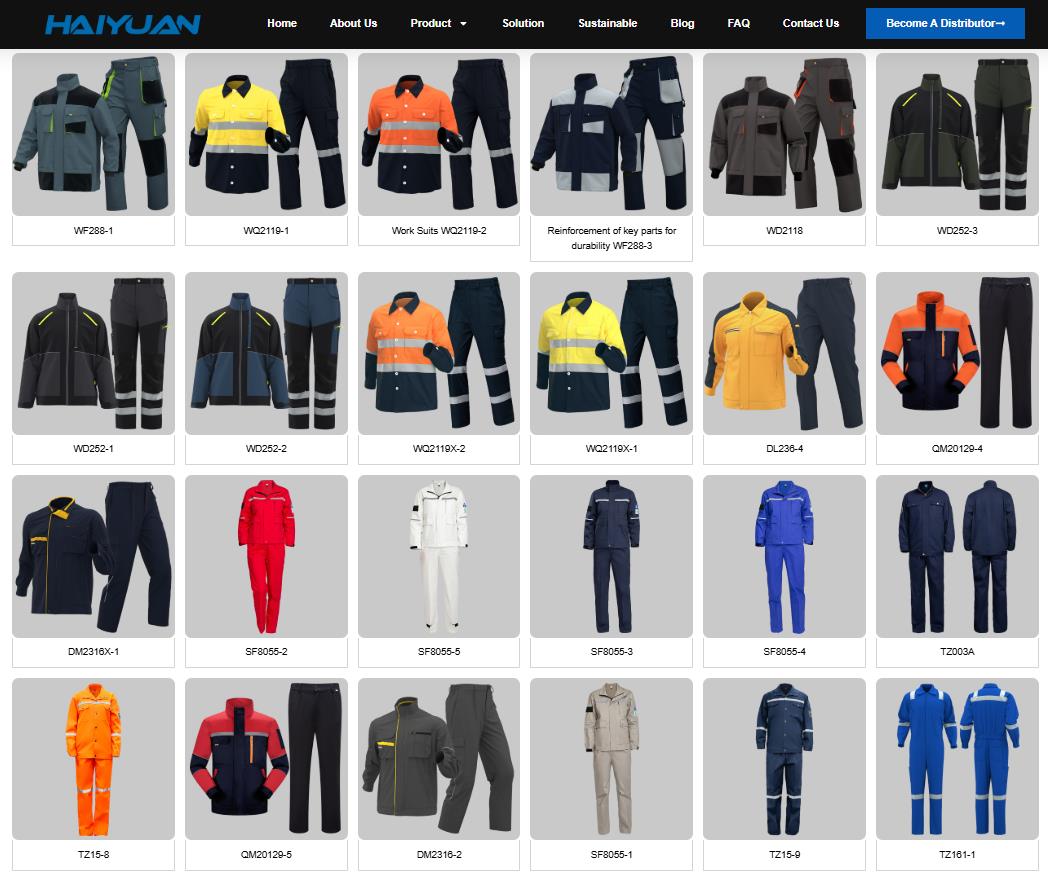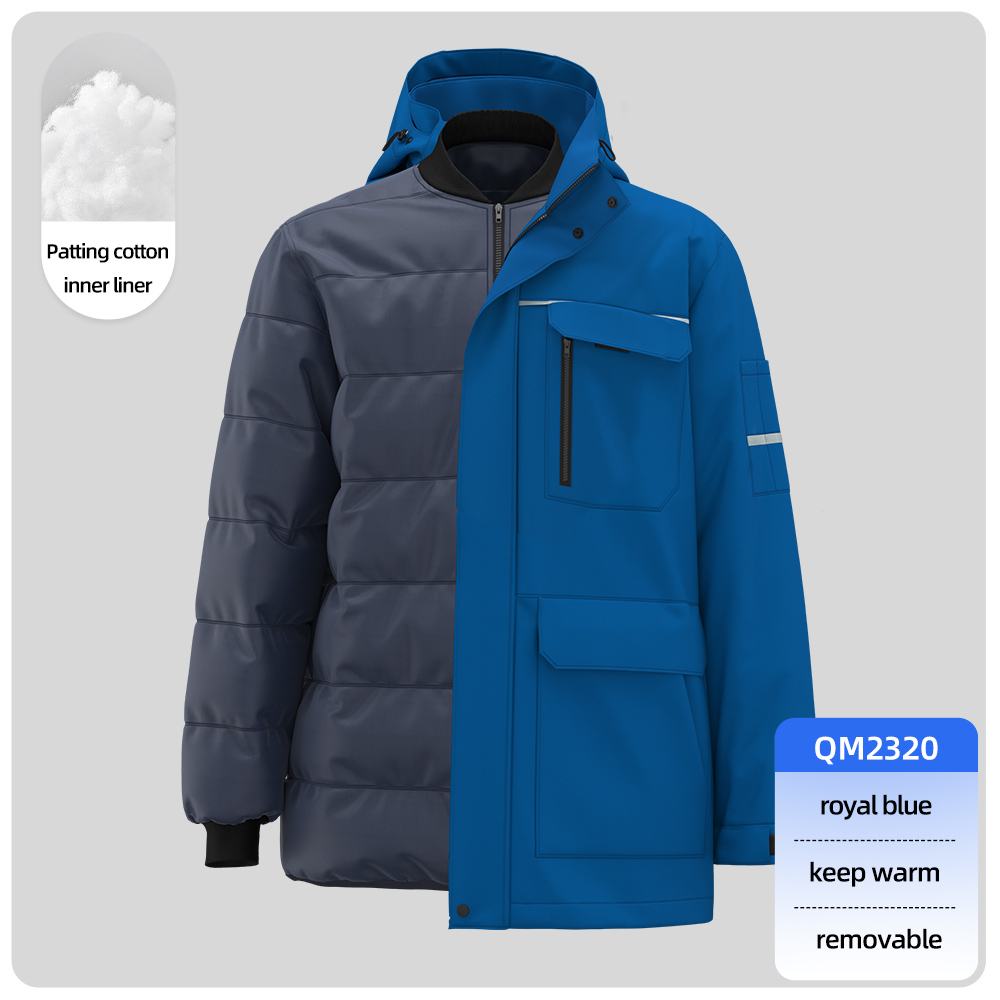The outfits construction workers wear are not just about fashion; they are primarily about safety, durability, and functionality. The specific outfit can vary based on the job (e.g., electrician vs. road crew), the weather, and company policies, but there is a standard set of clothing and gear.
Here’s a breakdown of the typical components of a construction worker’s outfit, from head to toe.
1. Head Protection: The Hard Hat
-
Purpose: Protects the head from falling objects, bumps against fixed objects, and electrical shocks.
-
Key Features: Made of high-density polyethylene. They are often color-coded (e.g., white for supervisors, engineers, or managers; yellow for general laborers; blue for carpenters; orange for road crews).
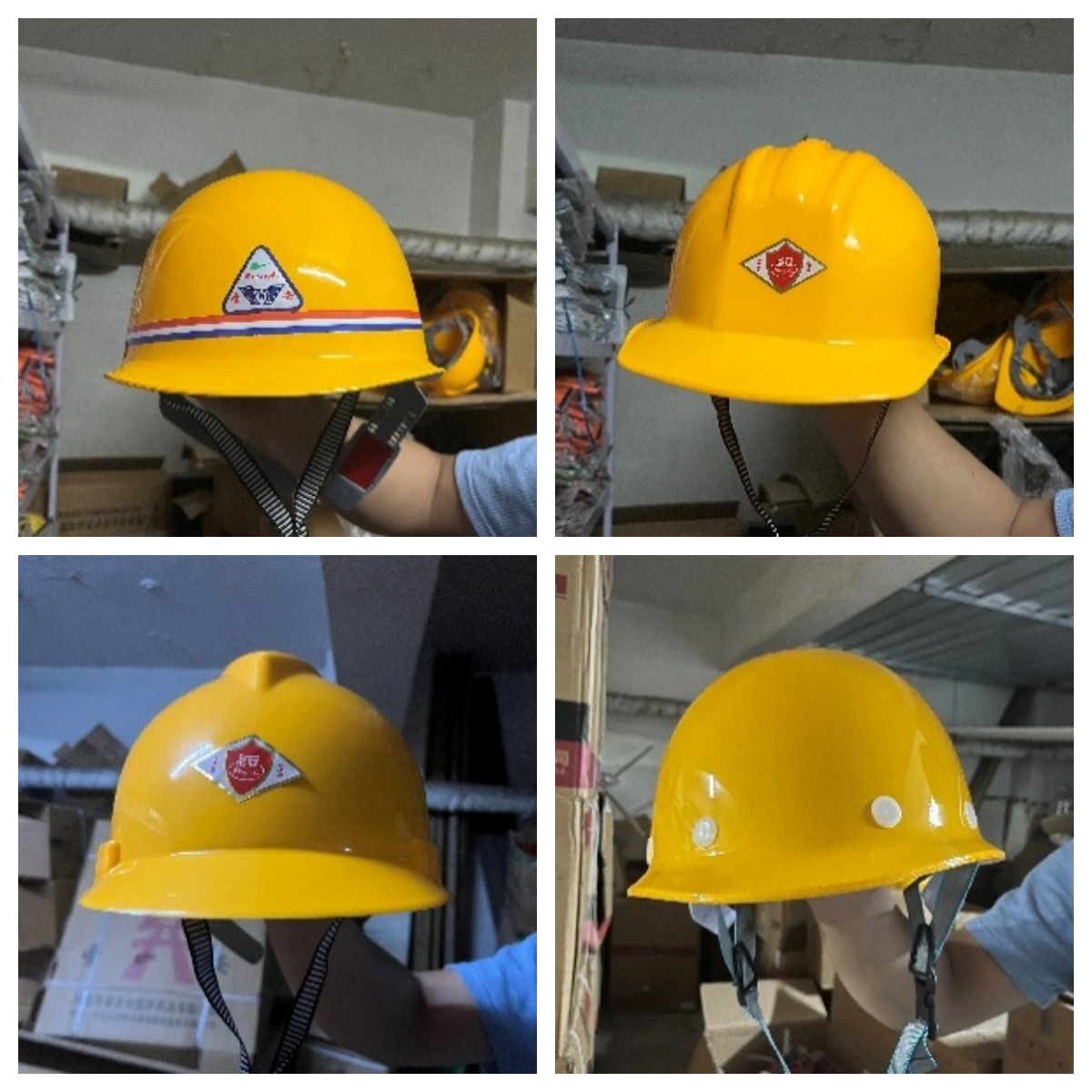
the hard hat
2. Upper Body: Shirts and Jackets
-
Shirts: Typically durable, long-sleeved work shirts or high-visibility (hi-vis) t-shirts/polos.
-
Material: Heavy-duty cotton or synthetic blends like polyester that resist tearing, abrasion, and stains.
-
Hi-Vis: Shirts and jackets in fluorescent yellow, orange, or red with reflective stripes are crucial for being seen, especially near traffic or heavy machinery.
-
-
Jackets: For cold or wet weather, workers wear insulated and/or waterproof jackets, often in hi-vis colors.

work Shirts and Jackets
3. Hand Protection: Work Gloves
-
Purpose: Protect hands from cuts, abrasions, chemicals, extreme temperatures, and vibration.
-
Types: There are specialized gloves for different tasks: leather gloves for general handling, cut-resistant gloves for metal work, insulated gloves for hot or cold materials, and rubber-coated gloves for wet conditions or chemicals.
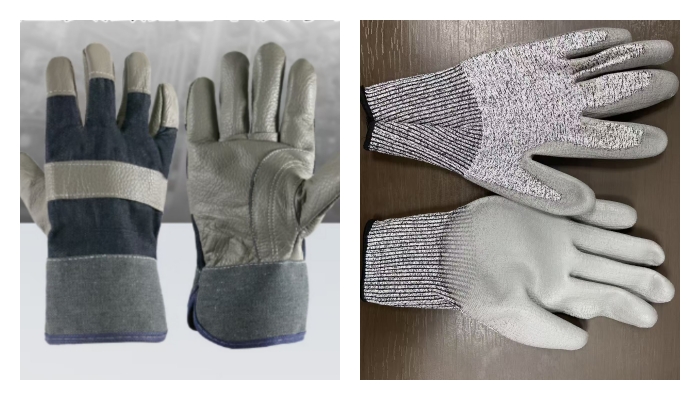
welding and cut resistant gloves
4. Lower Body: Pants
-
The Standard: Durable Work Pants or Jeans.
-
Denim: Classic, durable, and affordable.
-
Canvas/Cargo Pants: Extremely popular for their toughness and multiple pockets for carrying tools.
-
Modern Synthetic Pants: Many workers now prefer pants made from synthetic materials like ripstop polyester. They are lightweight, dry quickly, resist stains, and often have reinforced knees.
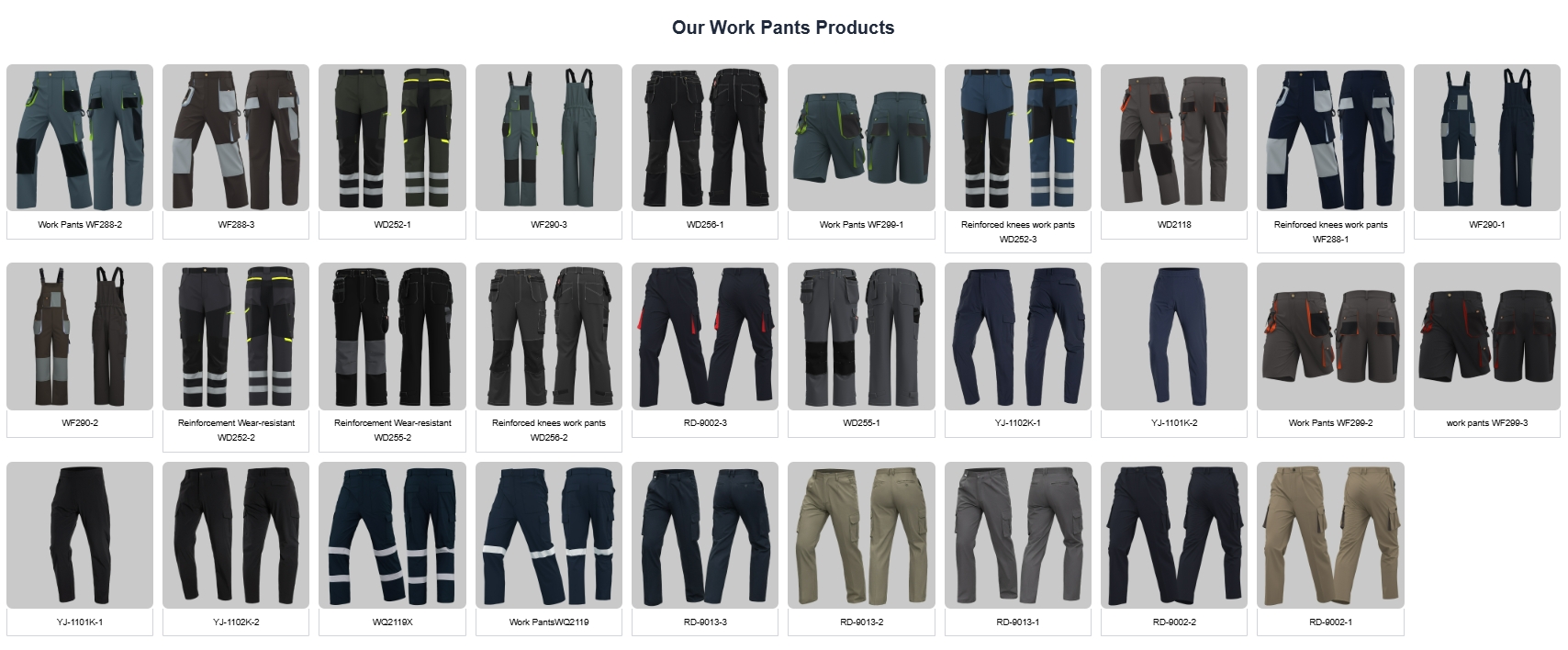
work pants
-
5. Foot Protection: Safety Boots
This is one of the most critical parts of the outfit.
-
Safety Toe: Boots must have a reinforced toe cap (usually steel, composite, or aluminum) to protect feet from heavy falling objects.
-
Puncture-Resistant Sole: A metal or composite plate in the sole prevents sharp objects like nails from piercing through the foot.
-
Ankle Support: High-top boots provide crucial ankle support on uneven ground.
-
Slip and Electrical Resistance: Outsoles are designed for grip, and some boots are rated for electrical hazard protection.
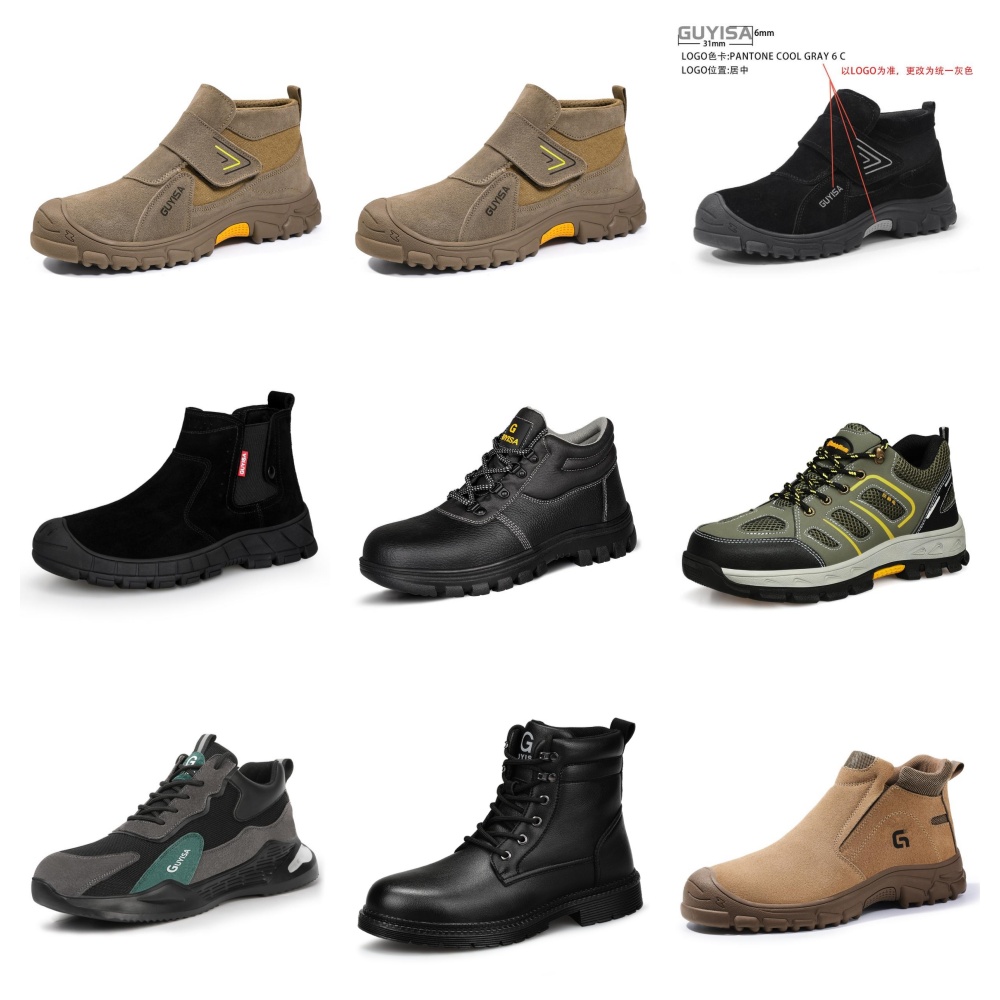
safety footwear
6. Eye and Face Protection: Safety Glasses/Goggles/Face Shields
-
Safety Glasses: Worn at all times to protect from dust, flying debris, and splashes.
-
Goggles: Provide a tighter seal for better protection against fine dust or chemical splashes.
-
Face Shields: Used in conjunction with safety glasses for tasks like grinding or cutting that produce a lot of sparks or larger fragments.
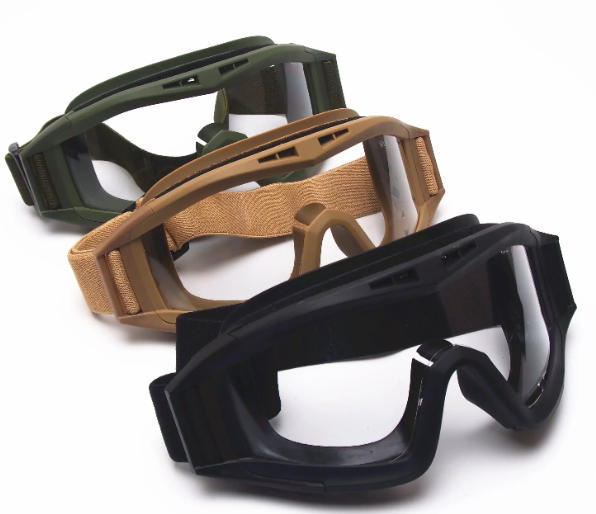
goggles
7. Hearing Protection: Earplugs or Earmuffs
Essential when operating or working near loud machinery like jackhammers, bulldozers, or saws to prevent long-term hearing damage.
Specialized Gear for Specific Jobs
-
Harnesses and Lanyards: For any work at height (e.g., steel erection, roofing) to prevent falls.
-
Respirators: For working in dusty environments, with insulation, or with chemicals that produce hazardous fumes.
-
Welding Gear: A welder wears a heavy flame-resistant jacket, leather apron, welding helmet, and special gloves.
Summary Table of a Typical Outfit
| Body Part | Essential Item | Why It’s Worn |
|---|---|---|
| Head | Hard Hat | Protection from impacts and falling objects |
| Eyes | Safety Glasses | Protection from dust and flying debris |
| Ears | Earplugs/Earmuffs | Protection from loud noise |
| Upper Body | Durable or Hi-Vis Shirt/Jacket | Durability and visibility |
| Hands | Work Gloves | Protection from cuts, abrasions, chemicals |
| Lower Body | Durable Work Pants (e.g., Denim, Canvas) | Durability, abrasion resistance, pockets |
| Feet | Safety-Toe Boots | Protection from heavy objects, punctures, ankle support |
| Specialized | Harness, Respirator, Welding Mask | For specific high-risk tasks |
In short, a construction worker’s outfit is a system of Personal Protective Equipment (PPE) designed to get the job done safely and efficiently, no matter the conditions.


